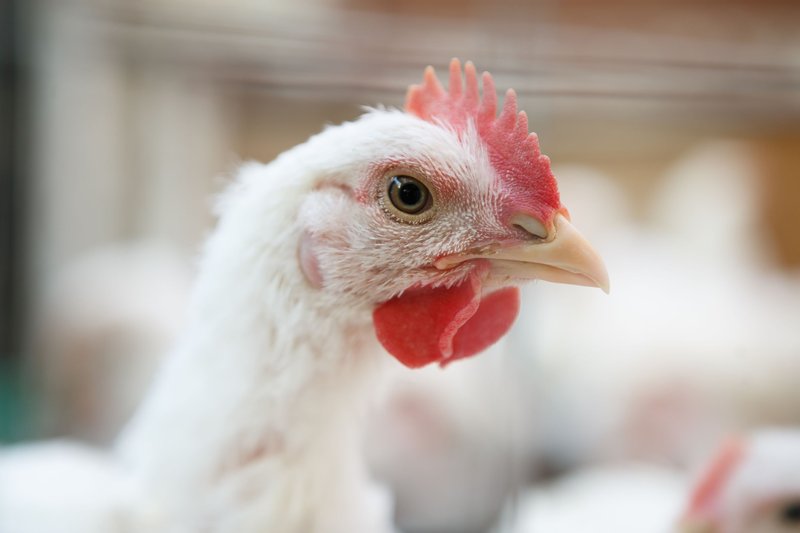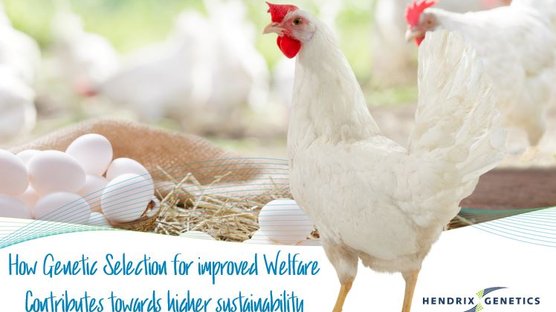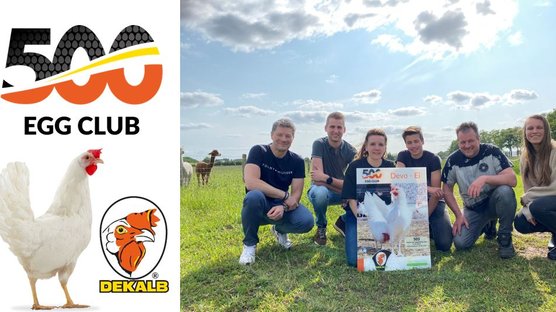
Published on March 23, 2021
The brother males
On average, one male chick is born for each laying hen bred. In many countries across the globe, the “brother males” are not used for meat production as they fierce strong competition from the highly specialized broiler chickens. In many events, they are being discarded as day-old male chicks, with a high chance of ending up as animal feed sold to pet shops and zoos.
In Western Europe, we see a tendency that more and more retailers have started to sell eggs from laying hens of which the brother males have not been culled at the day of hatch. Instead they are either taken out during the incubation process via in-ovo sexing technologies prior to hatching, or they are being kept after hatching and grown for their meat.
Despite much ongoing research on In-ovo sexing, the desired innovation / techniques are not there yet. As we all know, the most viable, sustainable and widely accepted solution will be in-ovo sexing in the freshly laid hatching egg, prior to the egg is being incubated. In this way, the “male eggs” do not even need to enter the incubators, and development of these male embryos is stopped as they do not encounter the circumstances for proper chick development. The current commercially available in-ovo sexing techniques are all after 6 days of the incubation process. Some of them even after 12 days of age. Research by Leenstra et al. (2008) already demonstrated that consumers do not prefer this method over the culling of the day-old layer chick males. Besides, the current techniques do not go without any interference of the incubation and embryo development process, which can result in reduced hatchability, reduced day-old chick quality and more sexing errors.
When looking to field data on growing layer males (charts 1 and 2, and table 1) coming from Germany it can be seen that growing layer males (BB, IB, and DKW) takes quite some time and resources (i.e. poultry feed). From an input vs. output perspective it becomes clear that growing brother males can’t compete to the growing of broilers, as broilers are far more efficient resulting in more favorable feed conversion ratios (table 1). The bodyweight that you can achieve with broilers (data derived from the commercial Cobb500 standard for males) at the end of the second week, is achieved with the layer males around week 6. The 3rd week broiler bodyweight is achieved with layer males around week 9. Significant differences can be observed when looking at the cumulative feed intake and feed conversion data (highlighted). It should be no surprise that after decades of specialized broiler breeding the broilers are more efficient in converting feed in animal protein compared to layer males.

Chart 1, BW development of Layer males, Bovans Brown (BB), ISA Brown (IB) and Dekalb White (DKW)
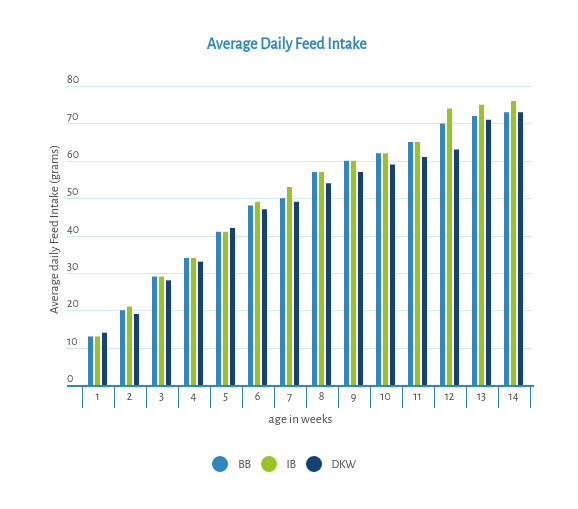
Chart 2, Average daily feed intake development of Layer males, Bovans Brown (BB), ISA Brown (IB) and Dekalb White (DKW)
The bodyweight that you can achieve with broilers (data derived from the commercial Cobb500 standard for males) at the end of the second week, is achieved with the layer males around week 6. The 3rd week broiler bodyweight is achieved with layer males around week 9. Significant differences can be observed when looking at the cumulative feed intake and feed conversion data (highlighted). It should be no surprise that after decades of specialized broiler breeding the broilers are more efficient in converting feed in animal protein compared to layer males.
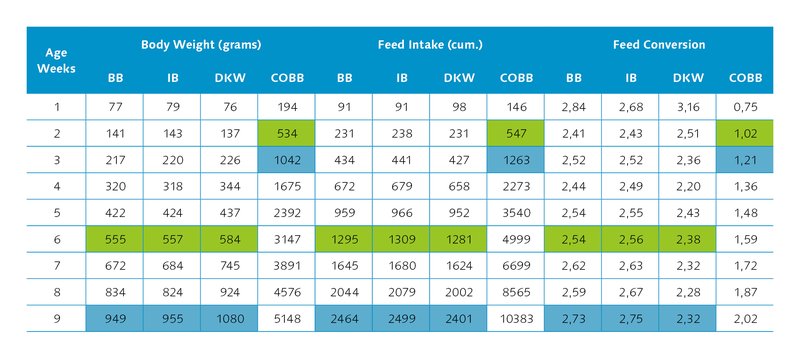
Table 1, comparison the characteristics of layer males to commercial broiler males from the Cobb500 strain
In almost all cases, eggs that are marketed under the label “without culling of the day-old brother males”, are being sold with a surcharge. This, to compensate for the potential financial losses of growing the brother males or for the extra cost of the in-ovo sexing technique. Extra income could potentially come from the (in general) higher welfare of the brother males, as in most cases they can be easier classified under animal welfare labels, next to this they could be marketed as having different meat characteristics. Though the latter can also work against them, as in the West European market the value of white breast meat is higher compared to the value of leg meat. Now it is clear that the current revenue coming from the sales of the brother males’ meat is not enough to compensate for the cost of growing them for their meat. The premium price added on top of the regular price of the eggs is therefore essential in order to sustain a viable business when growing layer males in Western Europe.
Retailers, together with farmers, are also looking for new ways to promote the meat of the layer brothers. As whole carcasses are harder to sell amongst convenient food / ready-to-eat shoppers, new products have been developed to add extra value to the meat, think of cockerel burgers, rooster sausages, and meat balls.
As we have been breeding laying hens for more than a century, our approach has always been to look from the egg perspective. But we have joined forces with our sister company SASSO, specialized in colored broilers. Together we are investigating if we can breed a traditional layer that fulfills the needs of todays’ market.
Word of thanks: a special word of thanks to Michael Schmüker from ab ovo Geflügelvermehrung (the German distributor of ISA Brown, Bovans Brown and Dekalb White) for providing us with the field data on the layer males.
References
- Leenstra F, Munnichs G, Beekman V, Heuvel-Vromans E, Aramyan A and Woelders H (2008) Alternatives for killing day-old male chicks. Wageningen UR Animal Sciences Group Report 142. Lelystad, The Netherlands
- Cobb500 broiler performance and nutrition supplement: https://www.cobb-vantress.com/en_US/products/cobb500/ (08-01-2021)
